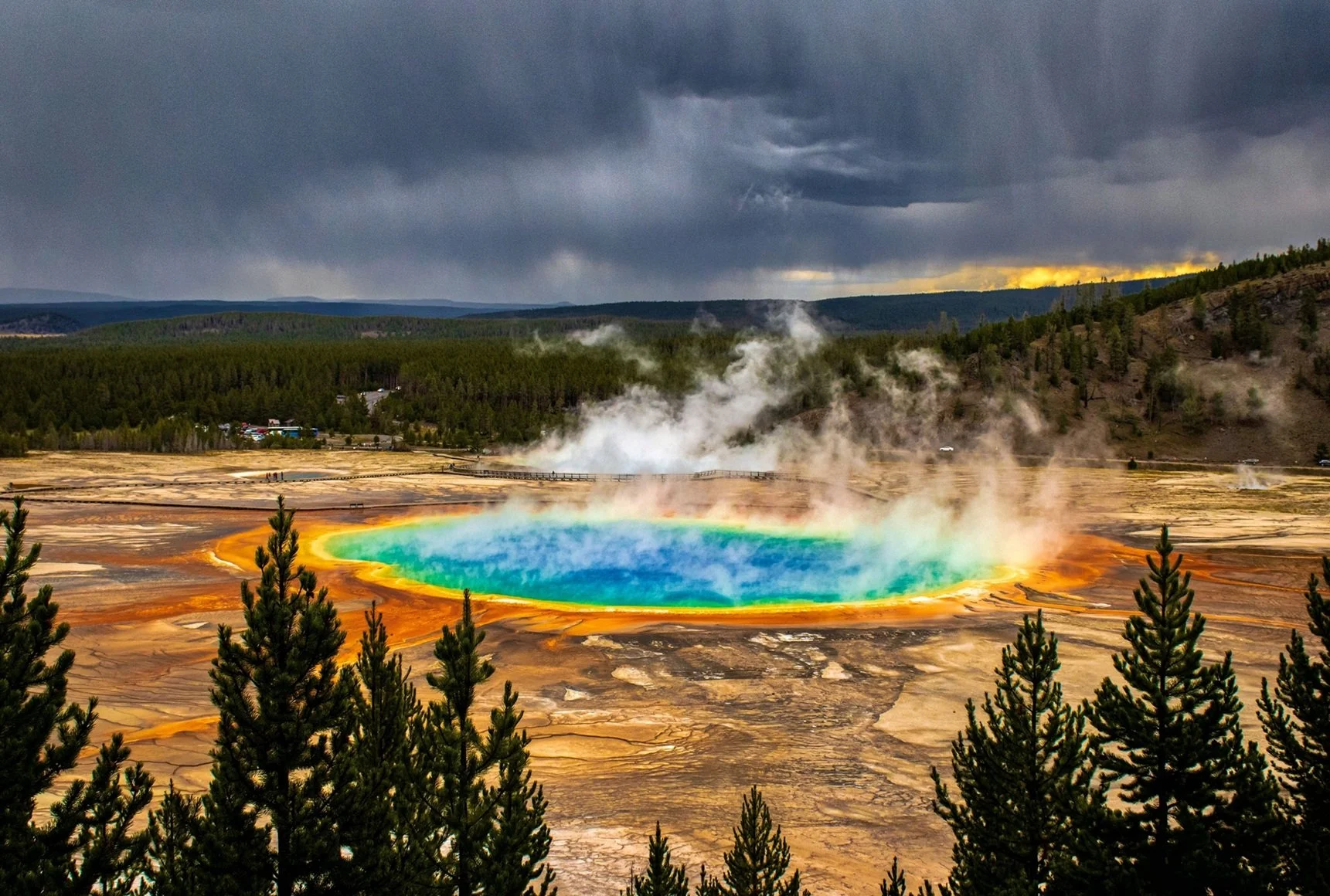Image Credit: Kyle Glenn via Unsplash
Linguists are alarmed
A little over half (approximately 3,660) of all currently used languages in the world are either threatened, dying or are as good as dead. This is the conclusion of a report done by linguists from several universities. The Researchers charted the documentation and description of threatened languages of the past twenty-five years and called for intensified studies on small and vulnerable languages. The study will be published in the december edition of the scientific journal ‘Language’
The new study contains the thus-far most reliable data on endangered languages. More than half of the almost 7,000 living languages is currently threatened. Approximately 600 of those are already on the brink of extinction; currently only spoken by people from an elderly generation. About 950 threatened languages are still used by children, but the percentage of children that are learning those language is in steady decline. Researchers warn that if nothing is done these languages will eventually also become extinct.
Follow-up
The report is a follow-up of a review article written by Ken Hale, ‘On endangered languages and the safeguarding of diversity’, that appeared in the journal ‘Language’ in 1992. To make a more accurate report on the current situation researchers bundled data from three large sources: The catalog of Endangered languages (ELCatt), The UNESCO Atlas of the World’s Languages in Danger, and the language catalog Ethnologue. The report appears right before the beginning of 2019, UNESCO”S intentional year of the Indigenous Languages
Image Credit: Patrick Tomasso via Unsplash
Progress and shortcomings
The researchers see significant progress as wel als critical shortcomings concerning our knowledge of endangered languages. With the growing network of researchers that document languages around the world and technological help with acquiring, processing and saving data, our scientific knowledge about languages has grown significantly the past twenty-five years. The involvement of indigenous researchers that study their own languages has also grown. All of this has led to the documentation of hundreds of languages in sustainable audio and video collections as well as lexicons. On the flip-side however it is also found that almost a third of all languages in the world, including more than 1,400 endangered, languages are insufficiently described. Even basic information about their grammar or lexicon is missing let alone information about cultural specific use of language.
Going all out
According to the linguists it is about time that we ring the alarm bells. If linguists don’t go all out on documenting threatened languages the losses could be catastrophic and permanent. Think about the documentation of languages variations that lead to discoveries of new phenomena and with which researchers can widen their canon of grammatical categories. Researchers, for example, previously discovered completely new domains of meaning and speech sounds. Aside from the main categories of language structure, the study of endangered languages leads to more knowledge of language acquisition and language processing as well as knowledge about the evolution of language, even within one generation. In short: enough reasons to intensify research.
Sources:
Frank Seifart, Nicholas Evans, Harald Hammarström & Stephen C. Levinson: ‘Language documentation twenty-five years on’, in: Language - University of Amsterdam press release
Further reading: The International Year of Indigenous Languages
If you enjoy our selection of content please consider following Universal-Sci on social media:











